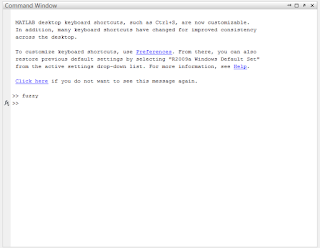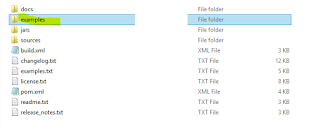First of all, we should start with basic terminologies in terms of the cloudsim:
1. Virtual Machines: In computing, a virtual machine (VM) is an emulation of a particular computer system.Virtual machines operate based on the computer architecture and functions of a real or hypothetical computer, and their implementations may involve specialized hardware, software, or a combination of both. As cloudsim is a simulation software, it has class for virtual machine named, vm. It runs inside a Host, sharing hostList with other VMs. It processes cloudlets. This processing happens according to a policy, defined by the CloudletScheduler. Each VM has a owner, which can submit cloudlets to the VM to be executed.
2. Cloudlets: A cloudlet is a mobility-enhanced small-scale cloud datacenter that is located at the edge of the Internet. The main purpose of the cloudlet is supporting resource-intensive and interactive mobile applications by providing powerful computing resources to mobile devices with lower latency. In cloudsim, the tasks/processes are the cloudlets. So you need to create a cloudlet that mimics the task that you want and assign the cloudlet(task) to a VM.
Now we will be editing the code from example 1 of the cloudsim (cloudsim comes with sample codes).
Search for comment "VM description", then change the code as follows till you find a comment: "submit cloudlet list to the broker" :
// VM description
int vmid1 = 1,vmid2 = 2;
int mips = 500;
long size = 10000; // image size (MB)
int ram = 512; // vm memory (MB)
long bw = 1000;
int pesNumber = 1; // number of cpus
String vmm = "Xen"; // VMM name
// create VM
Vm vm1 = new Vm(vmid1, brokerId, mips, pesNumber, ram, bw, size, vmm, new CloudletSchedulerTimeShared());
Vm vm2 = new Vm(vmid2, brokerId, mips, pesNumber, ram, bw, size, vmm, new CloudletSchedulerTimeShared());
// add the VM to the vmList
vmlist.add(vm1);
vmlist.add(vm2);
// submit vm list to the broker
broker.submitVmList(vmlist);
// Fifth step: Create one Cloudlet
cloudletList = new ArrayList<Cloudlet>();
// Cloudlet properties
int id = 0;
long length = 400000;
long fileSize = 300;
long outputSize = 300;
UtilizationModel utilizationModel = new UtilizationModelFull();
Cloudlet cloudlet1 = new Cloudlet(id, length, pesNumber, fileSize, outputSize, utilizationModel, utilizationModel, utilizationModel);
cloudlet1.setUserId(brokerId);
cloudlet1.setVmId(vmid1);
id++;
Cloudlet cloudlet2 = new Cloudlet(id, length, pesNumber, fileSize, outputSize, utilizationModel, utilizationModel, utilizationModel);
cloudlet2.setUserId(brokerId);
cloudlet2.setVmId(vmid1);
id++;
Cloudlet cloudlet3 = new Cloudlet(id, length, pesNumber, fileSize, outputSize, utilizationModel, utilizationModel, utilizationModel);
cloudlet3.setUserId(brokerId);
cloudlet3.setVmId(vmid2);
id++;
Cloudlet cloudlet4 = new Cloudlet(id, length, pesNumber, fileSize, outputSize, utilizationModel, utilizationModel, utilizationModel);
cloudlet4.setUserId(brokerId);
cloudlet4.setVmId(vmid2);
// add the cloudlet to the list
cloudletList.add(cloudlet1);
cloudletList.add(cloudlet2);
cloudletList.add(cloudlet3);
cloudletList.add(cloudlet4);
And rest of the code is same.
And run this file. Below is the output on the console.






































